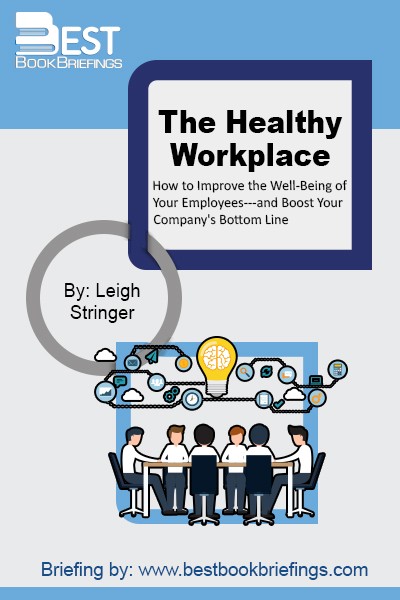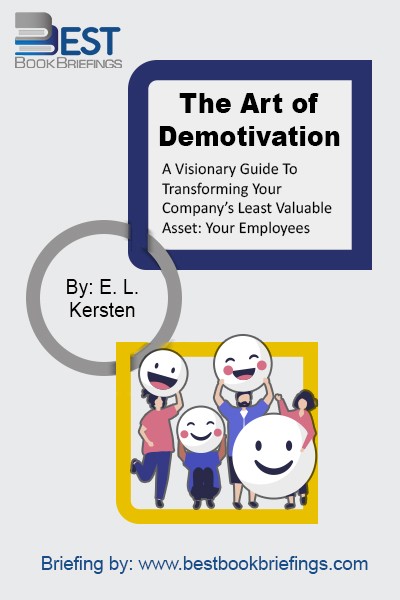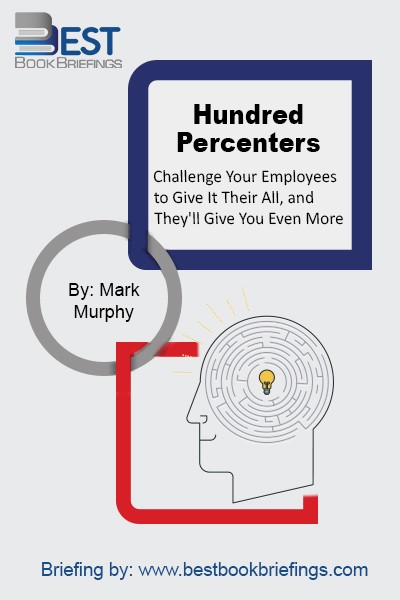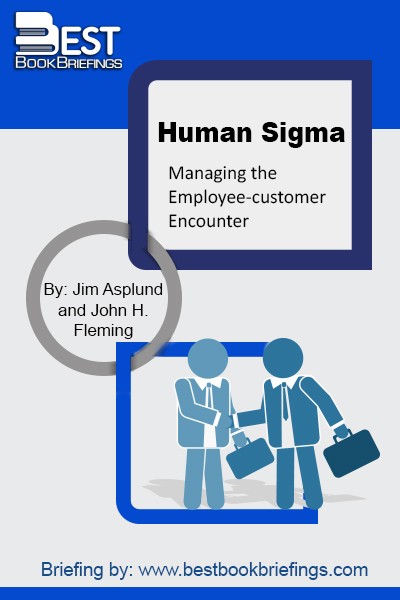Human Sigma
Managing the Employee-customer Encounter
Editorial Review
Six Sigma black belts around the world have gotten good at improving four of the root causes of quality defects, machines, materials, measurement, and methods, but there is another root cause identified in the Six Sigma methodology: people. This root cause has largely been ignored. This is not too surprising because it’s probably the hardest to fix. But, it may also be the most important.
Book Reviews
Books on Related Topics

Based on research performed by the prestigious Saratoga Institute, The 7 Hidden Reasons Employees Leave provides readers with real solutions for the costly problem of employee turnover. Readers will learn how to align employee expectations with the realities of the position, avoid job–person mismatches, and provide feedback and coaching that breed

In this book we get to know that human assets aren’t a part of a business. If you take away the human assets, you don’t have a business, just a bunch of offices and equipment that can’t do anything. Businesses are people–irrational, emotional, unpredictable, creative, oddly gifted, and sometimes ingenious people

Employees are the engine that keeps companies running. And healthy employees, who are emotionally, mentally, and physically prepared to take on whatever challenge is in front of them, are more likely to make the companies they work for grow and flourish. Seems pretty simple, right? So why are most workplaces so

In the early 1960s, Douglas McGregor defined contrasting assumptions about the nature of humans in the workplace. These assumptions are the basis of Theory X and Theory Y teachings. Theory X assumes that people are lazy and will avoid work whenever possible. Theory Y, on the other hand, assumes that people

Peek out your office door and take a good look at your employees. With the exception of a few royal pains, you've got a nice group of people. By and large, they do good work, they get along with you and one another and they're generally well intentioned. But, are they



